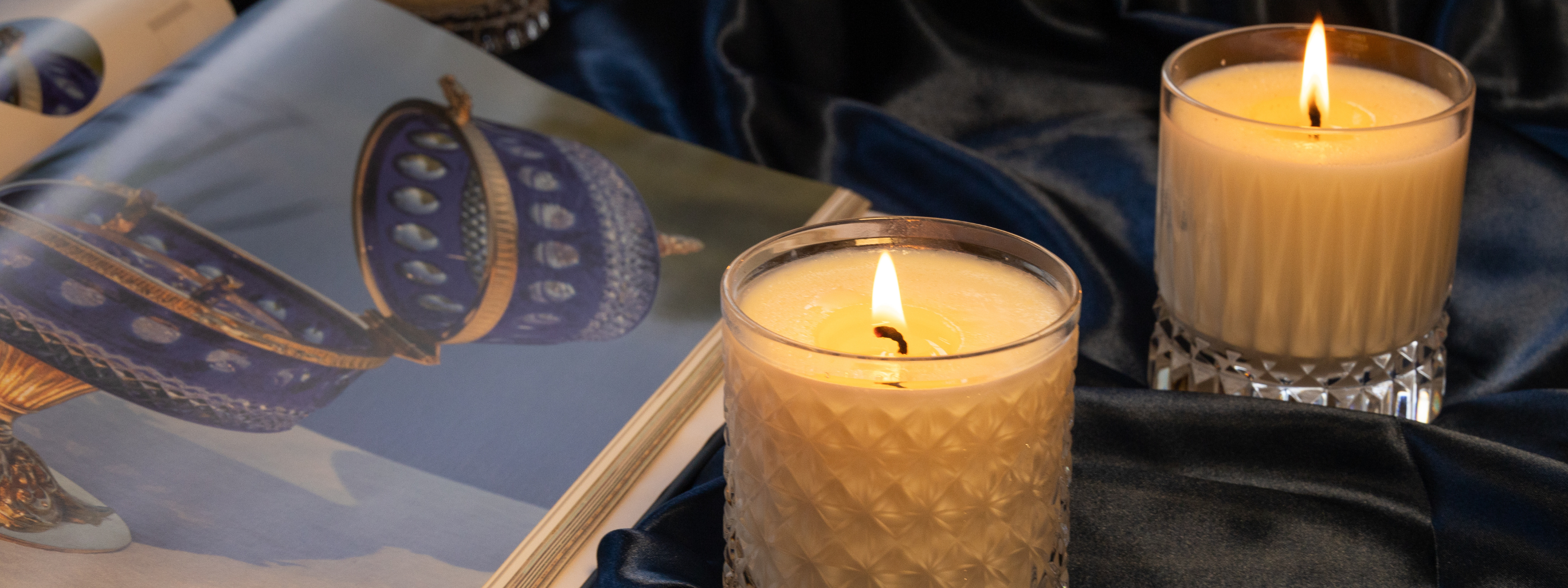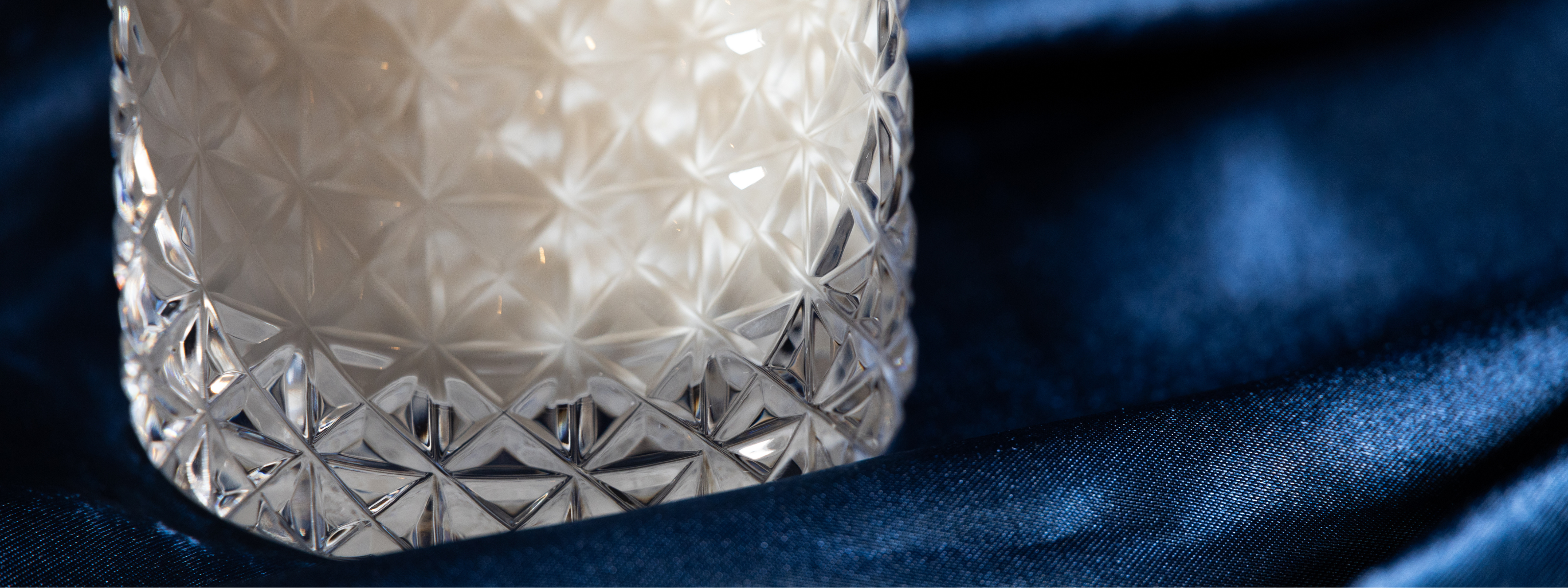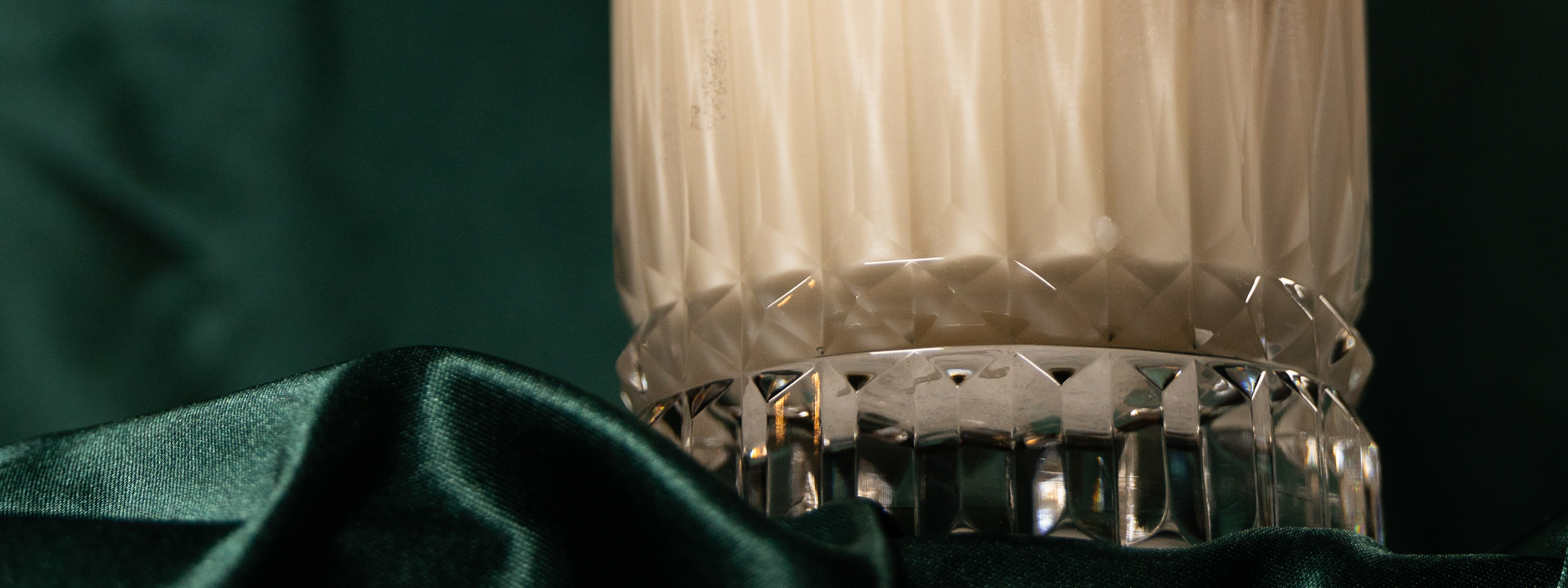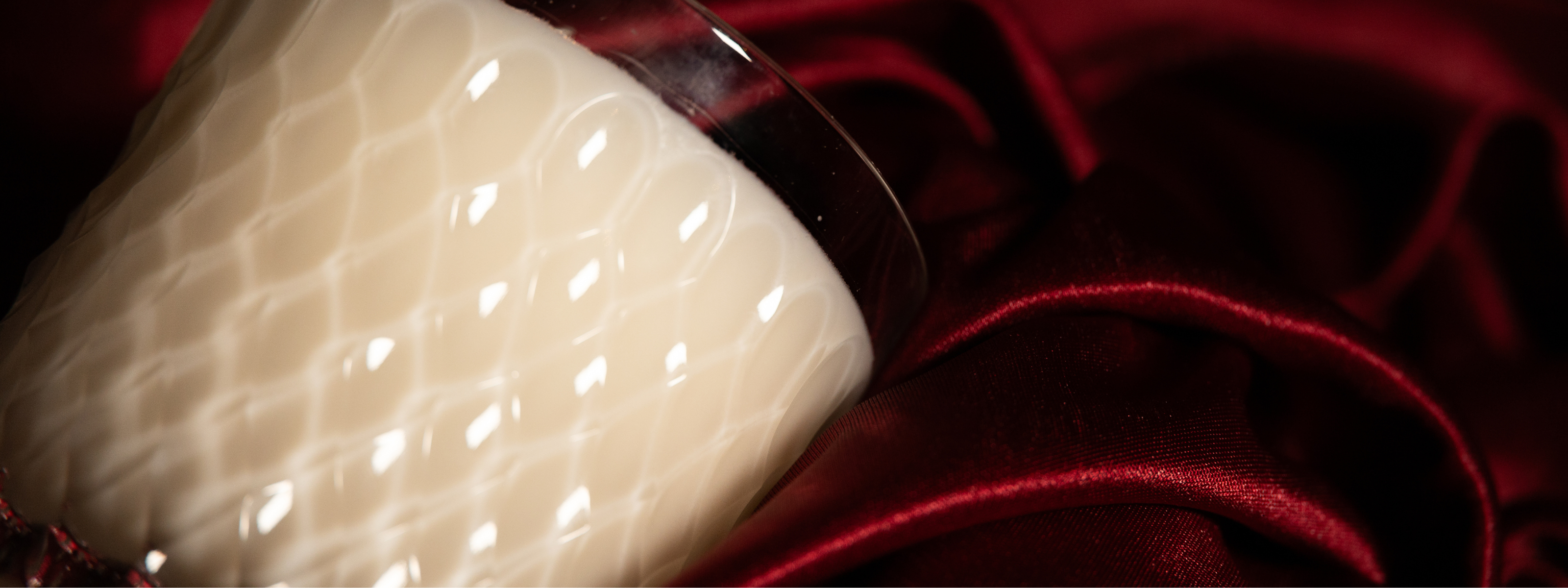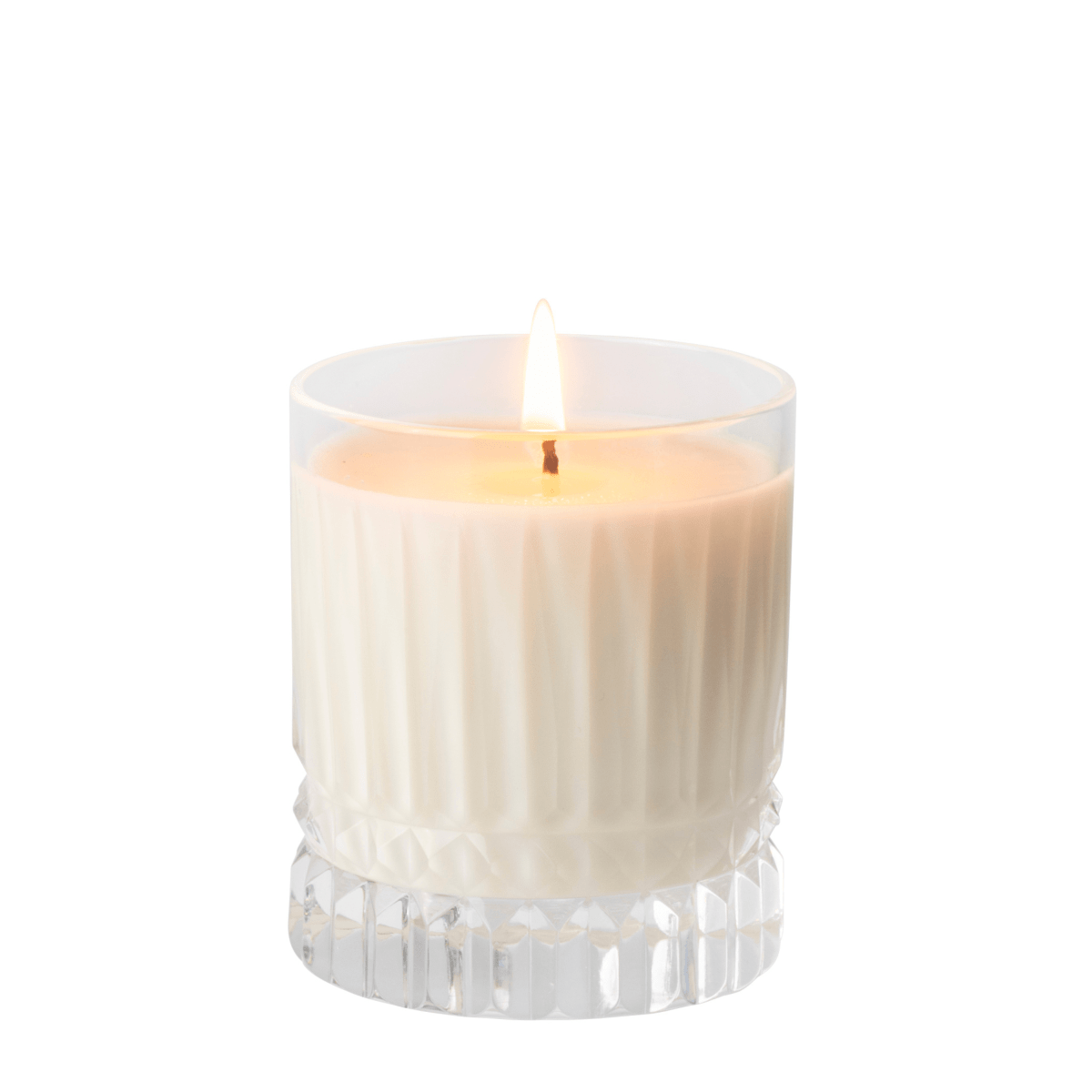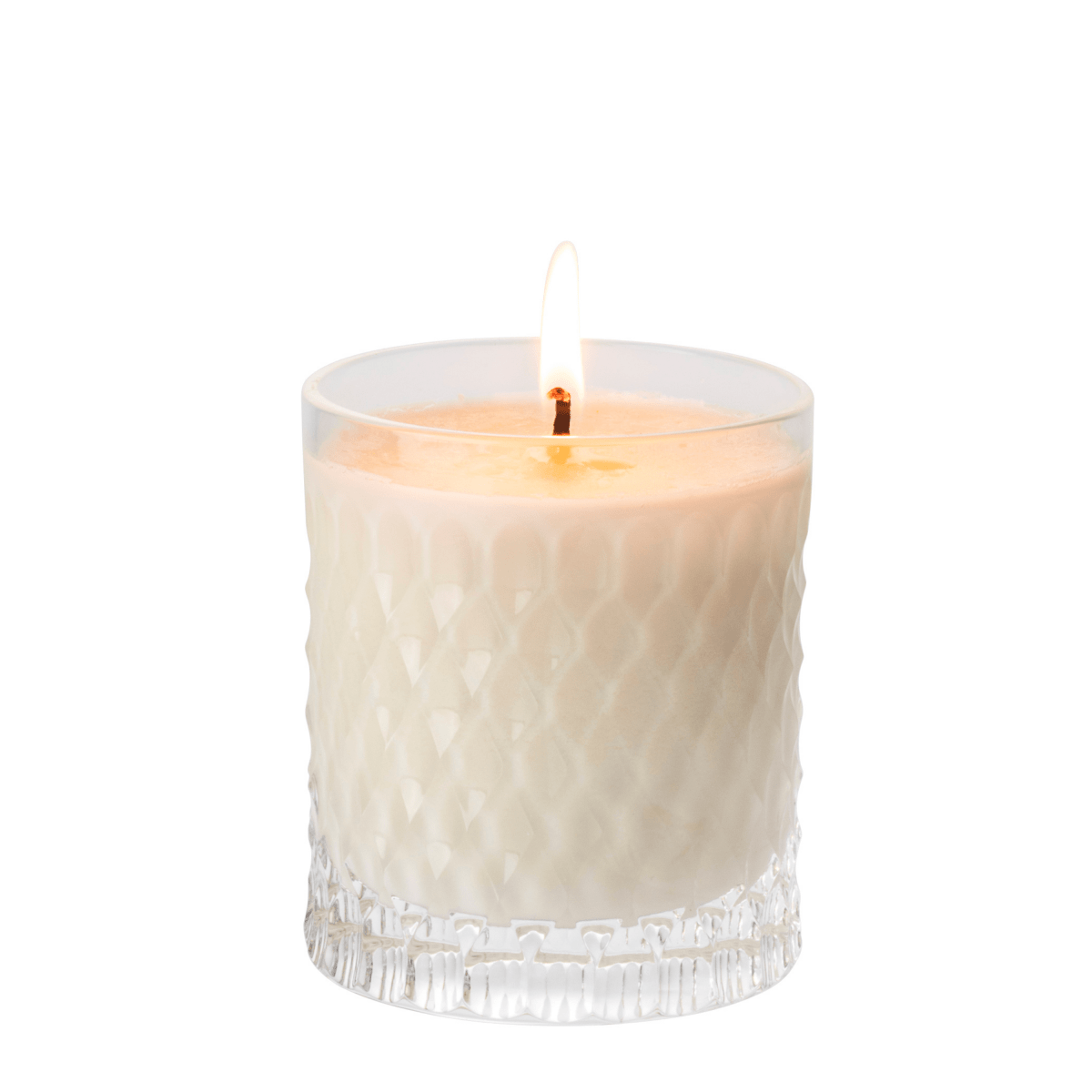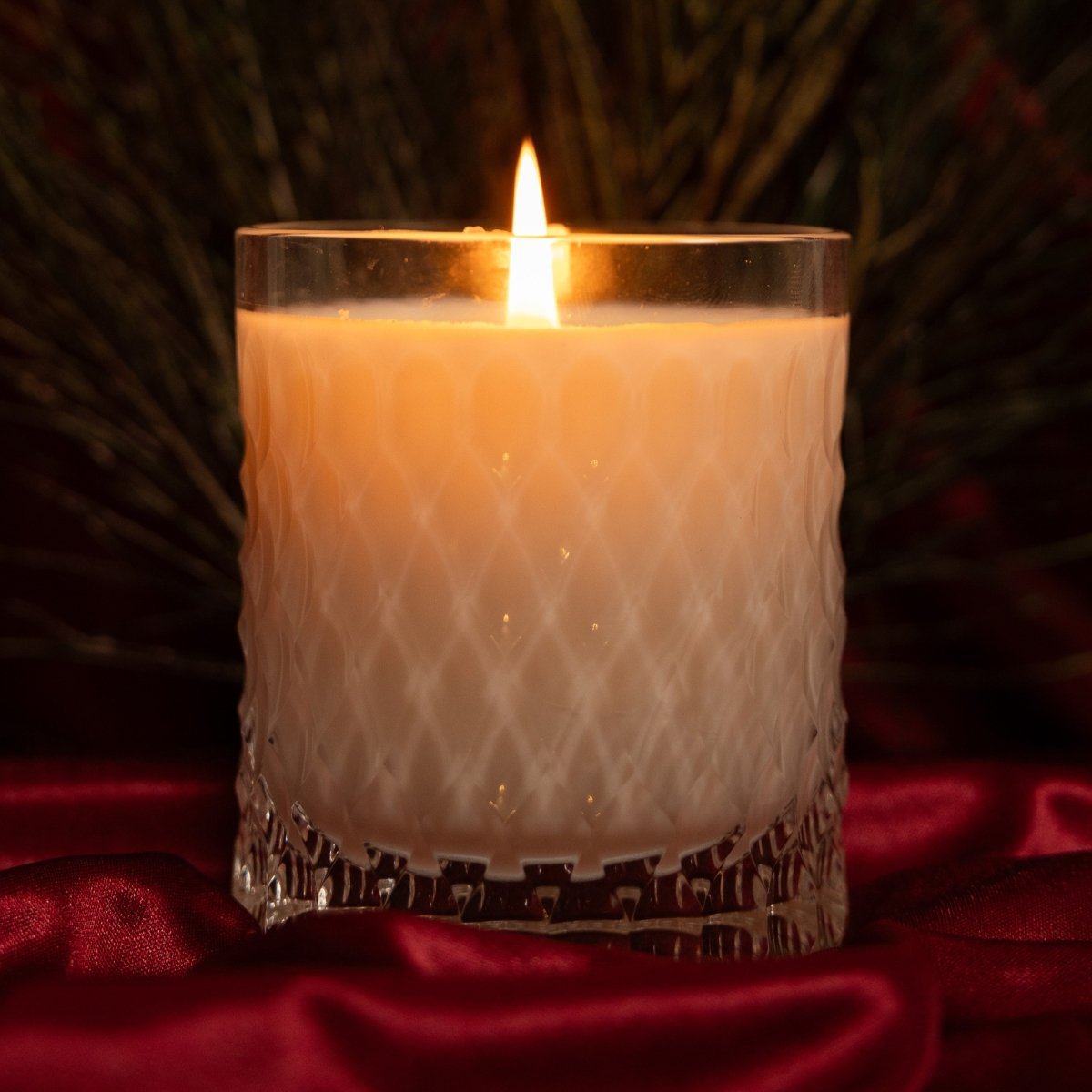Our candles
Discover Cristallerie de Montbronn candles as you embark on a journey through centuries of light, warmth and tradition. Discover how these modest sources of light have illuminated some of humanity's most important moments and continue to bring comfort, serenity and beauty to our lives. Join us on a journey into the luminous past of the age-old art of handmade candle making.
Antiquity
In the Antiquity, it was believed that the smoke coming out of the blown out candles brought our prayers to the gods. In general, the use of candles and their symbolism was closely linked to the divine.

Antiquity
Candles were believed to contain the gifts of the gods as the Greek gods gave the flame, the fire, to Prometheus for illumination and progress.
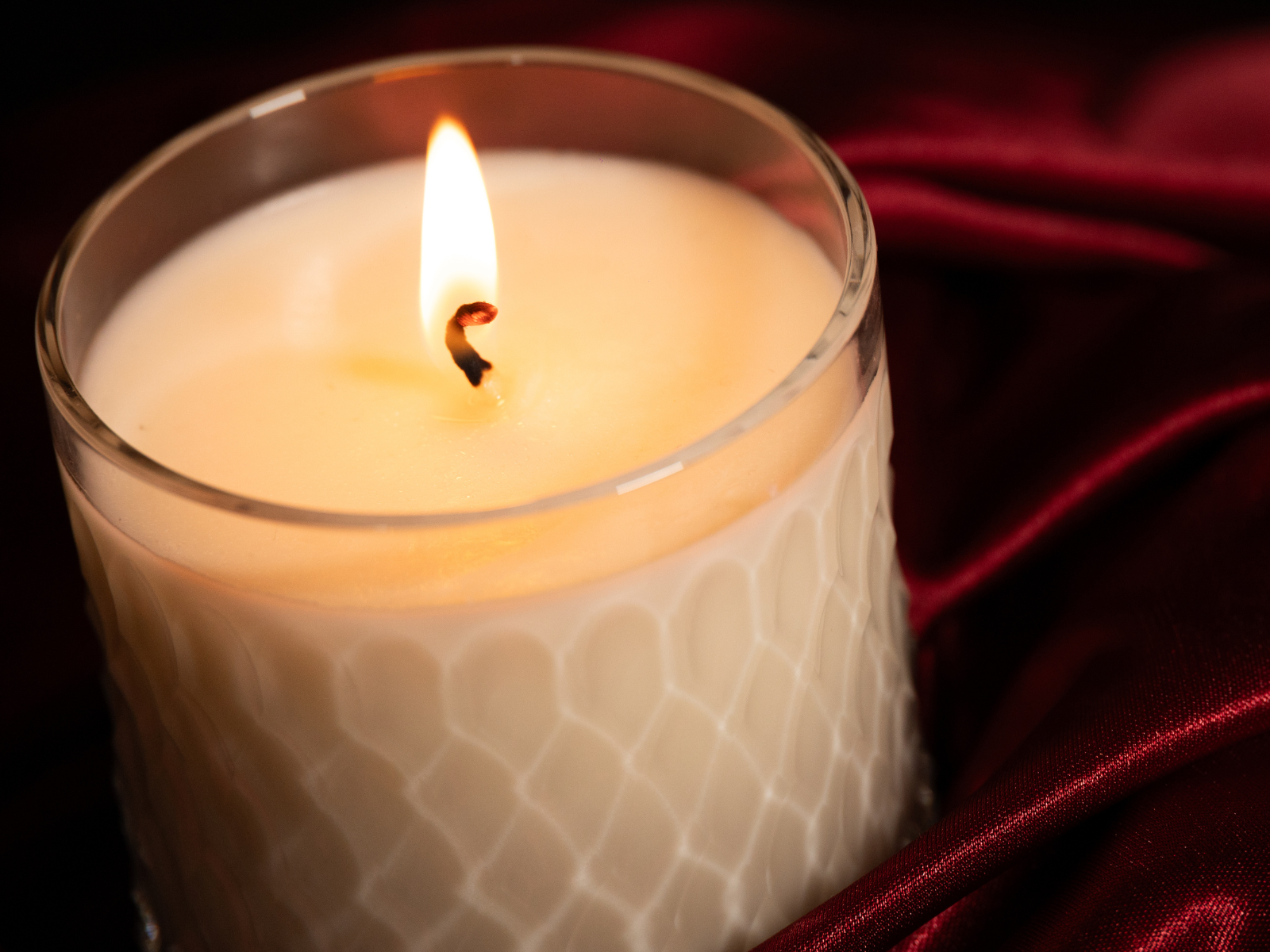
Antiquity
Citizens used candles to light the temples of the gods and to offer sacrifice.
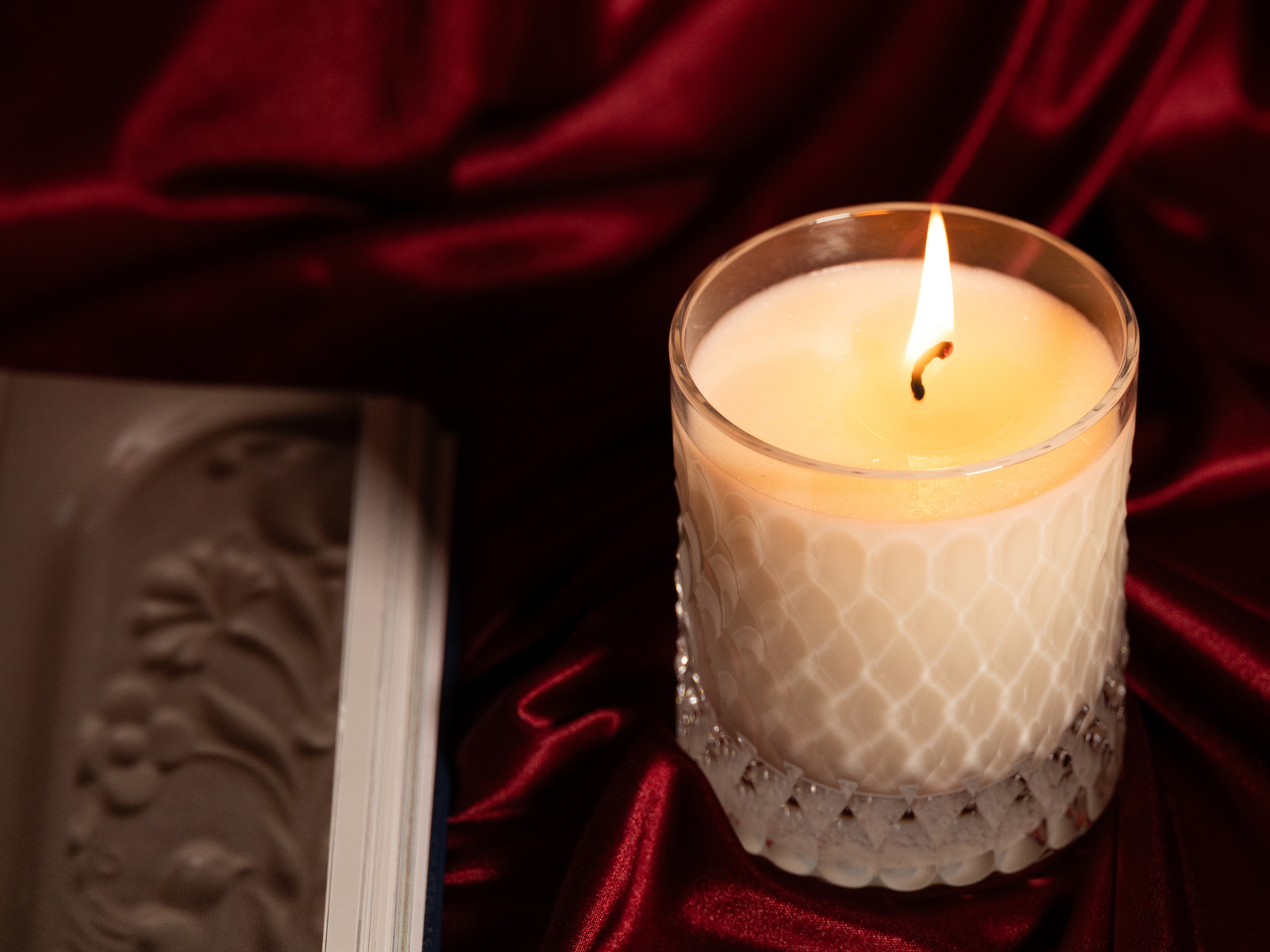
Antiquity
Share information about your product with your customers. Describe a product, and share info about your production process...
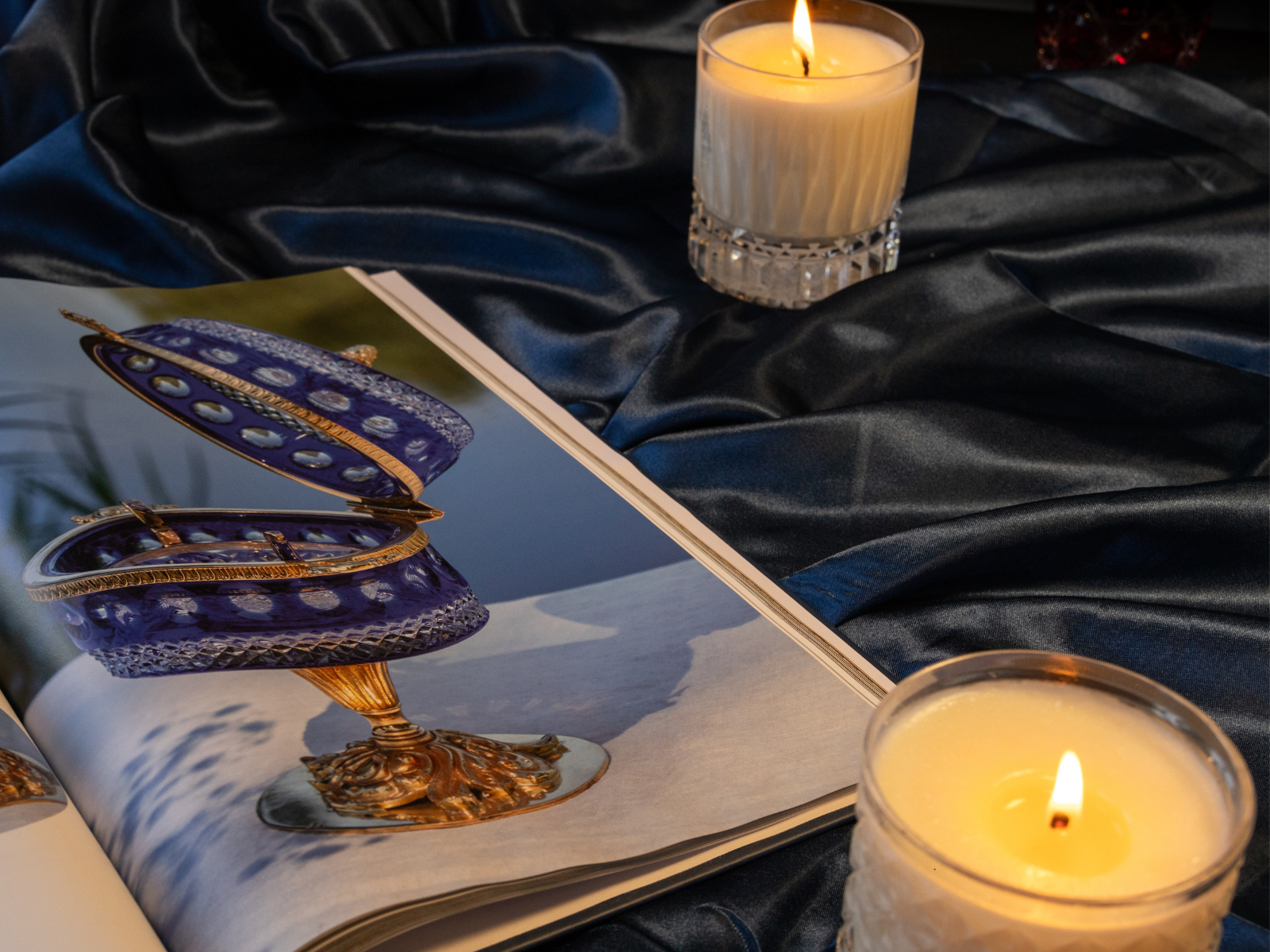
Antiquity
Villagers would light candles on the sixth day of every month in celebration of the birth of Artemis, the goddess of the hunt, wild animals, childbirth, and virginity in order to win her favor.
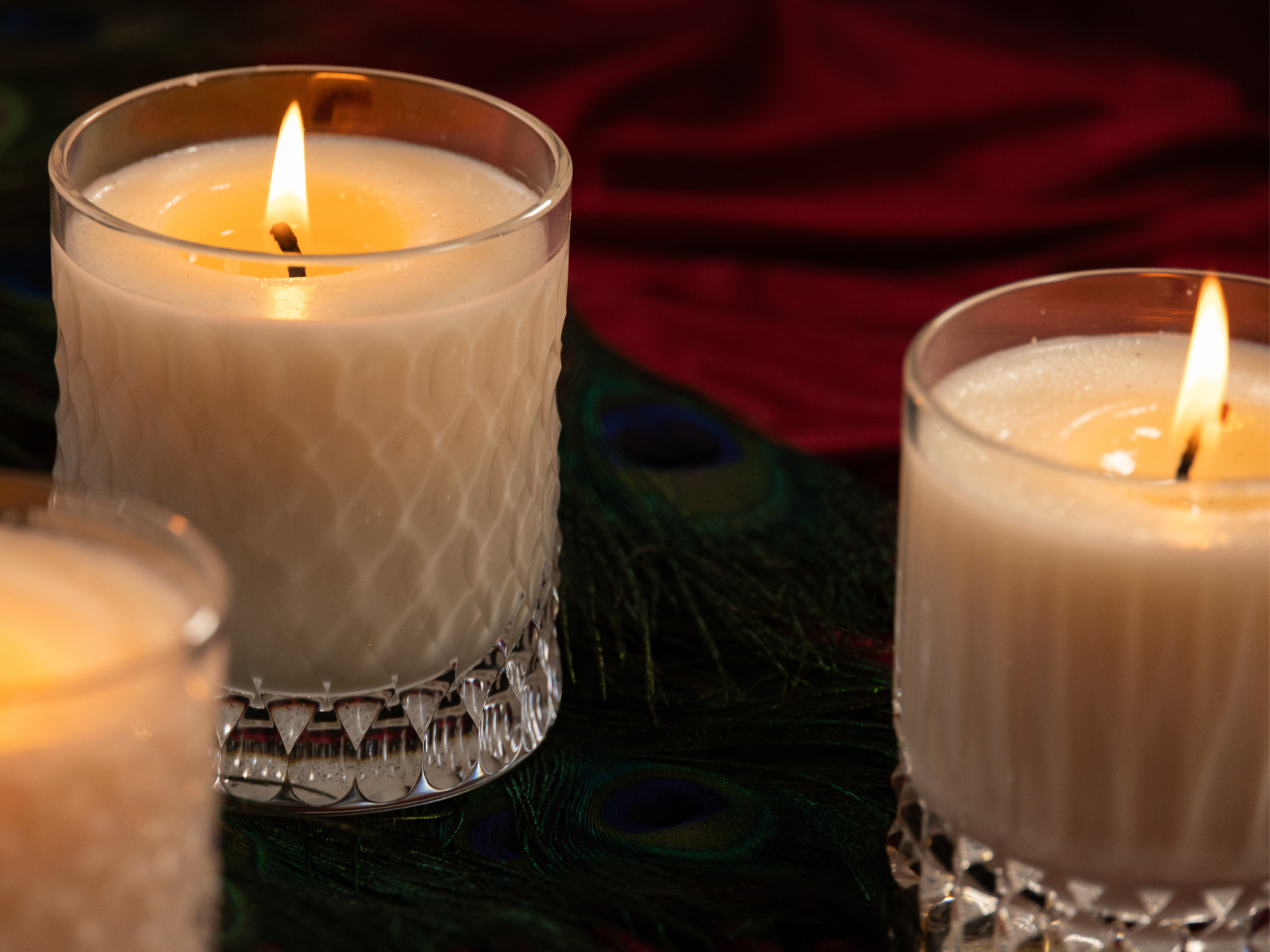
Ancient Egypt
The invention of the concept of the candle can however be attributed to Ancient Egyptians who used a first version of the rushlight ; a type of candle made by soaking the dried core of the plant in melted animal fat or grease. This type of candles were also really cheap, which allowed it to be used by the poor for multiple centuries.

That being said, it is the Romans who are thought to have created the first wicked candles by wrapping a roll of papyrus around a twine and dipping it repeatedly into tallow, a melted form of animal fat – generally beef or mutton. Candles were then considered as luxury items and often gifted for Saturnalia, a type of event or festival in honor of Saturn, roman equivalent of Greek titan Cronos.
In Asia, the Chinese used rolled ricepaper as wicks ; in India, wax was made from the fruit of the cinnamon tree, and certain tribes in Alaska and Canada used eulachon fish as a candle, a fish so oily that when dried would burn up just like one.
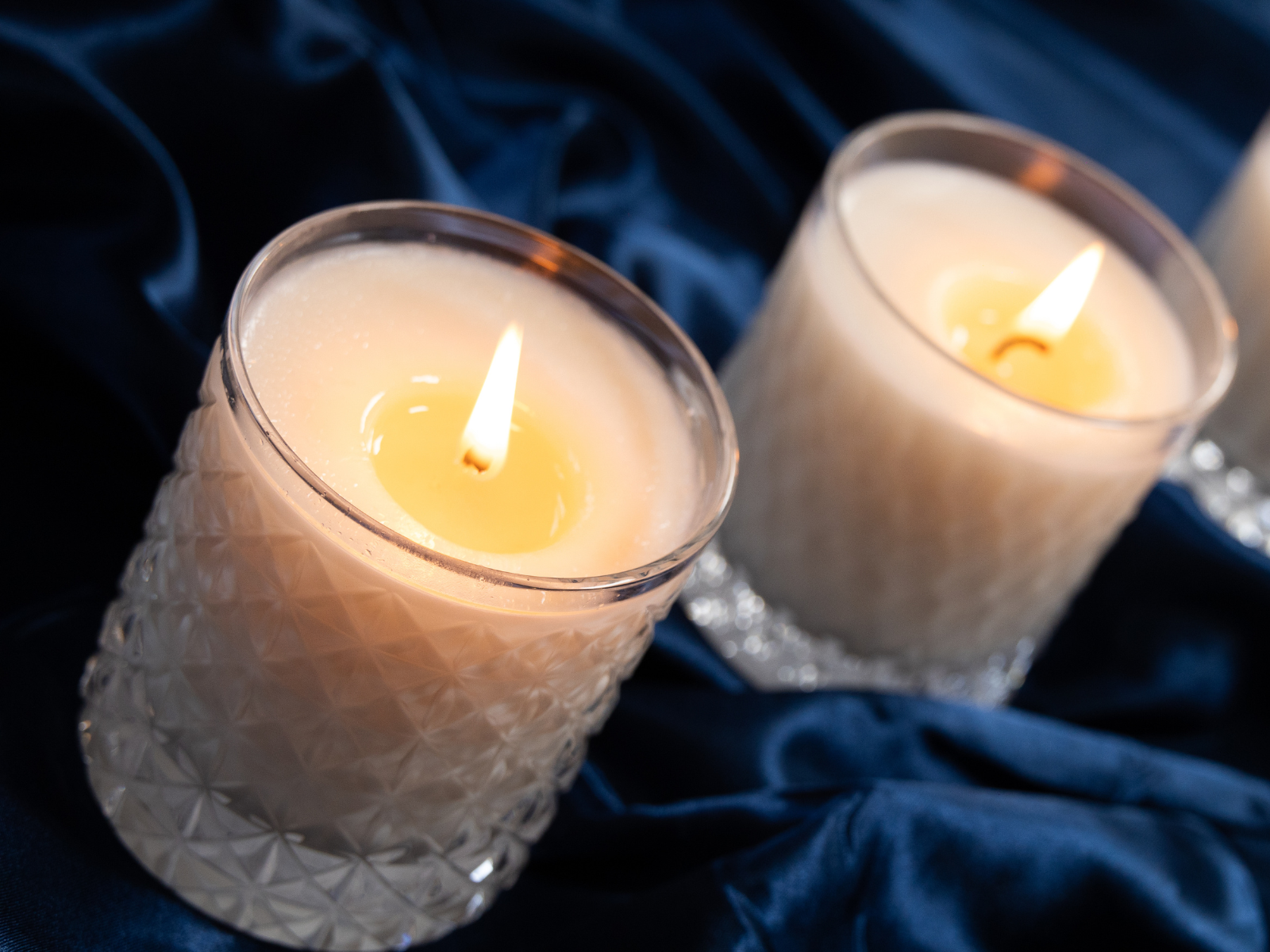
18th century
During the 18th century, the rise of whaling led to new progress in the making of candles : sperm whales have a substance in their heads called spermaceti, which when crystallized was used to create wax.

18th century
The abundance of whaling meant that this substance was available in large quantities, which was very useful for candle making. The latter was preferable to tallow and beeswax because it was harder and resisted better to warm weather ; in addition to its bright flame and not-unpleasant smell.

USA
In the U.S., colonial women boiled berries in order to produce a more pleasing-smelling wax that was also cleaner while burning. However, due to it being a long and rigorous process, this type of wax wasn’t popularized.
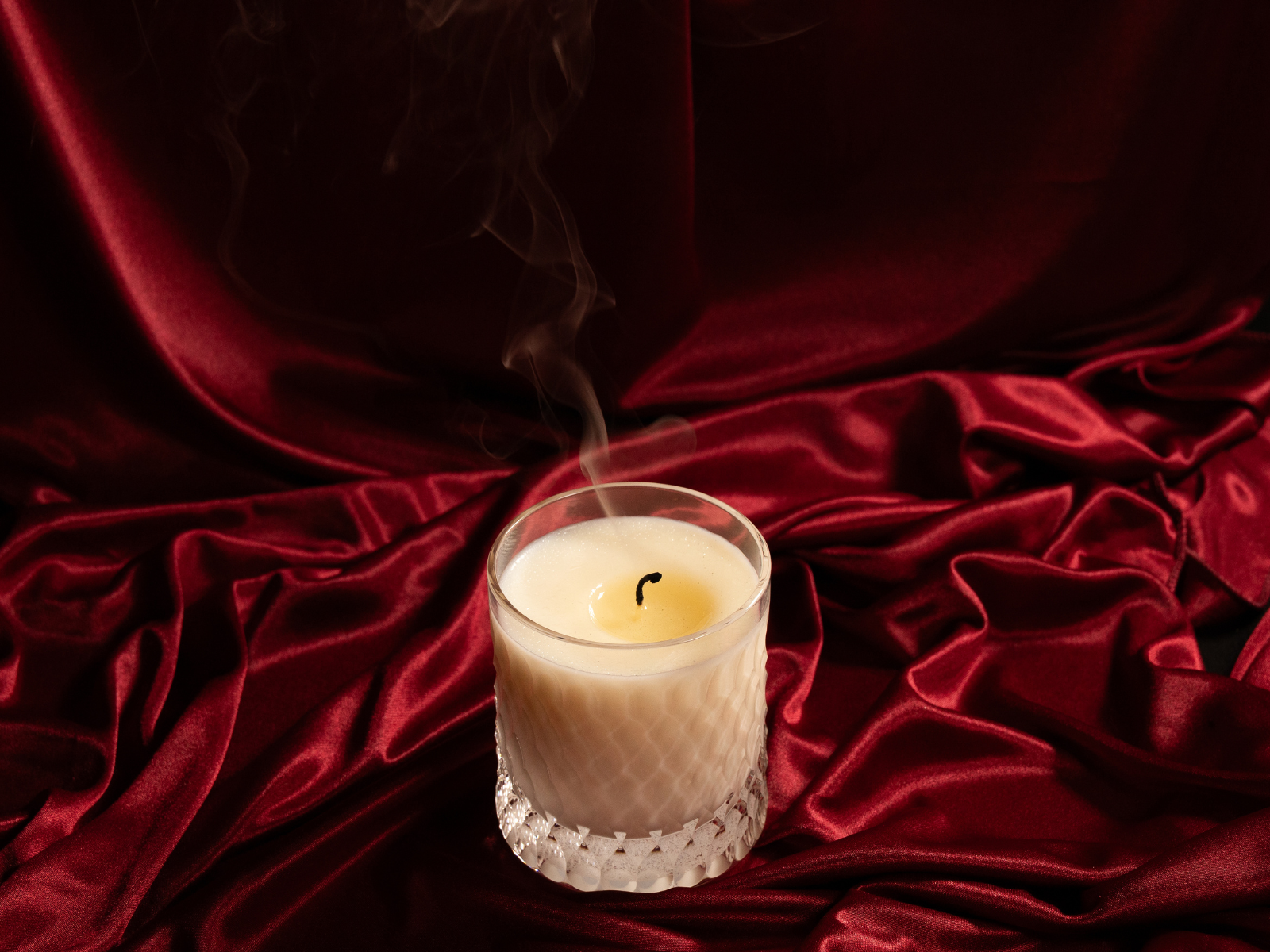
19th century
In the 1820s, a French chemist extracted stearic acid from animal fat acids which led to the development of a hard, clean wax called stearin, still used in Europe today.
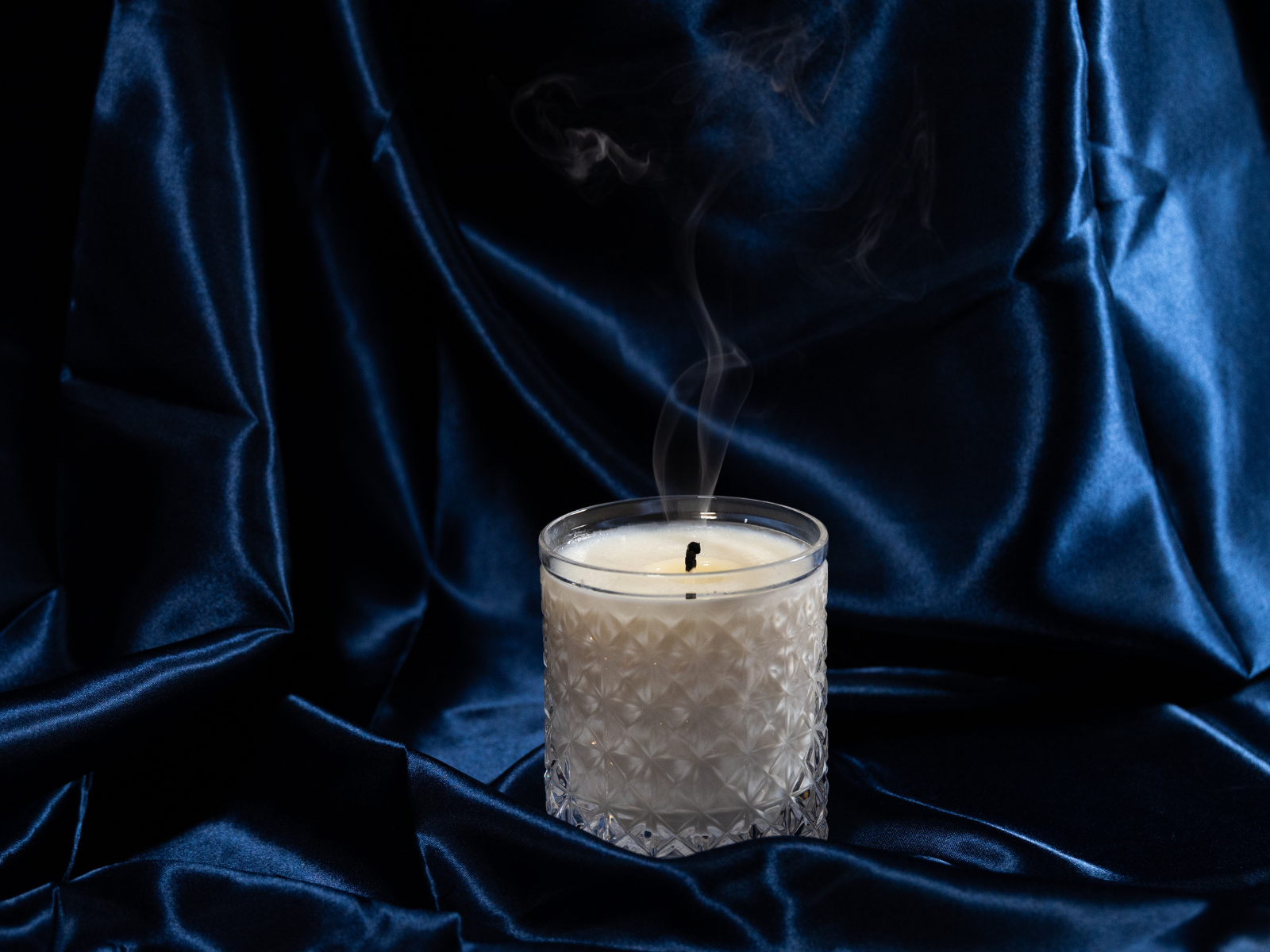
1834
1834 marks the birth of industrialized candles, with the creation of a molded candle production machine that allowed mass production, which also made candles cheaper.

19th century
In the 1850s, chemists managed to separate paraffin from petroleum in order to create paraffin wax which was odourless, clean, and economical.
However, it was also in the 19th century that the lightbulb was invented, which led to the decline of candle usage for more than 100 years.
Discover our
Candles



